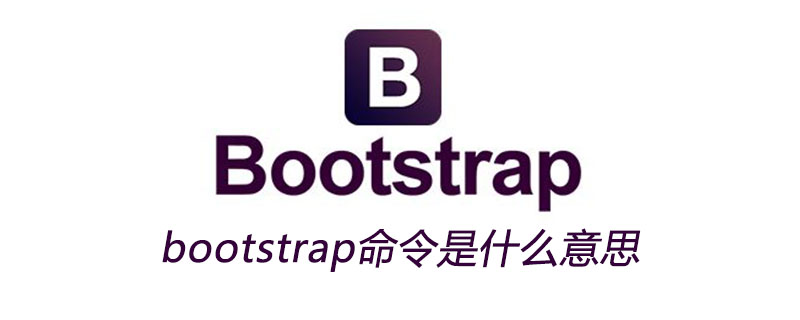
In the debian/ubuntu system, you can use the bootstrap command to construct a customized debian file system.

This command will generate a set of file directories that conform to the Linux File System Standard (FHS), and install the basic linux commands. (Recommended learning: Bootstrap video tutorial)
The bootstrap command can be regarded as a standard bebian installation program, but unlike ISO image installation, we can Command filters the command group we need.
However, although I see many people using bootstrap to achieve various effects, I can’t use the various parameters to show off my skills, so I forced myself to use all the parameters today. The variables are translated again to deepen the use of this parameter.
Installing the debootstrap command is very simple, you can use apt for dependency installation
sudo apt-get install debootstrap
Syntax:
debootstrap [命令] [发行版本代号] [指定存放目录] [指定源]
The example is as follows:
debootstrap --arch=armel --variant=minbase stretch fs_debian_stretch https://mirrors.cloud.tencent.com/debian
For more technical articles related to Bootstrap, please visit the Bootstrap Tutorial column to learn!
The above is the detailed content of What does the bootstrap command mean?. For more information, please follow other related articles on the PHP Chinese website!